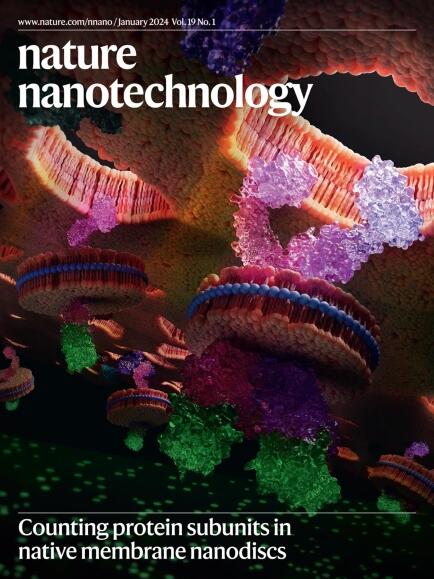纳米技术使癌症疫苗取得进展。
IF 34.9
1区 材料科学
Q1 MATERIALS SCIENCE, MULTIDISCIPLINARY
引用次数: 0
摘要
治疗性癌症疫苗的研究已经进行了几十年,但从历史上看,临床有效率很低。然而,疫苗技术的最新进展以及新的疫苗接种方案和临床试验设计在早期试验中显示出希望,在癌症患者的无复发和总生存率方面显示出实质性的益处。纳米技术在这些进展中发挥着重要作用,通过引入脂质纳米颗粒和脂质复合物,可以有效地递送mRNA疫苗,改进佐剂,以及开发有效靶向肽疫苗到继发性淋巴组织的技术。在此,我们回顾了癌症抗原发现、核酸疫苗工程和临床试验设计方面的平行进展,这些进展可能使治疗性疫苗有效地提高患者的生存率。我们还讨论了为最大限度地发挥癌症疫苗的功效而仍有待解决的突出挑战。本文章由计算机程序翻译,如有差异,请以英文原文为准。
Progress in cancer vaccines enabled by nanotechnology.
Therapeutic vaccines for cancer have been pursued for decades but historically have a low rate of clinical efficacy. However, recent advances in vaccine technologies alongside new vaccination regimens and clinical trial designs are showing promise in early-stage trials, demonstrating substantial benefits in recurrence-free and overall survival in cancer patients. Nanotechnologies are playing an important role in these advances through the introduction of lipid nanoparticles and lipoplexes that can effectively deliver mRNA vaccines, improved adjuvants, and the development of technologies that efficiently target peptide vaccines to secondary lymphoid tissues. Here we review these advances in the context of parallel progress in cancer antigen discovery, nucleic acid vaccine engineering and clinical trial designs that may enable therapeutic vaccines to effectively enhance patient survival. We also discuss outstanding challenges still to be solved to maximize the efficacy of cancer vaccines.
求助全文
通过发布文献求助,成功后即可免费获取论文全文。
去求助
来源期刊

Nature nanotechnology
工程技术-材料科学:综合
CiteScore
59.70
自引率
0.80%
发文量
196
审稿时长
4-8 weeks
期刊介绍:
Nature Nanotechnology is a prestigious journal that publishes high-quality papers in various areas of nanoscience and nanotechnology. The journal focuses on the design, characterization, and production of structures, devices, and systems that manipulate and control materials at atomic, molecular, and macromolecular scales. It encompasses both bottom-up and top-down approaches, as well as their combinations.
Furthermore, Nature Nanotechnology fosters the exchange of ideas among researchers from diverse disciplines such as chemistry, physics, material science, biomedical research, engineering, and more. It promotes collaboration at the forefront of this multidisciplinary field. The journal covers a wide range of topics, from fundamental research in physics, chemistry, and biology, including computational work and simulations, to the development of innovative devices and technologies for various industrial sectors such as information technology, medicine, manufacturing, high-performance materials, energy, and environmental technologies. It includes coverage of organic, inorganic, and hybrid materials.
 求助内容:
求助内容: 应助结果提醒方式:
应助结果提醒方式:


